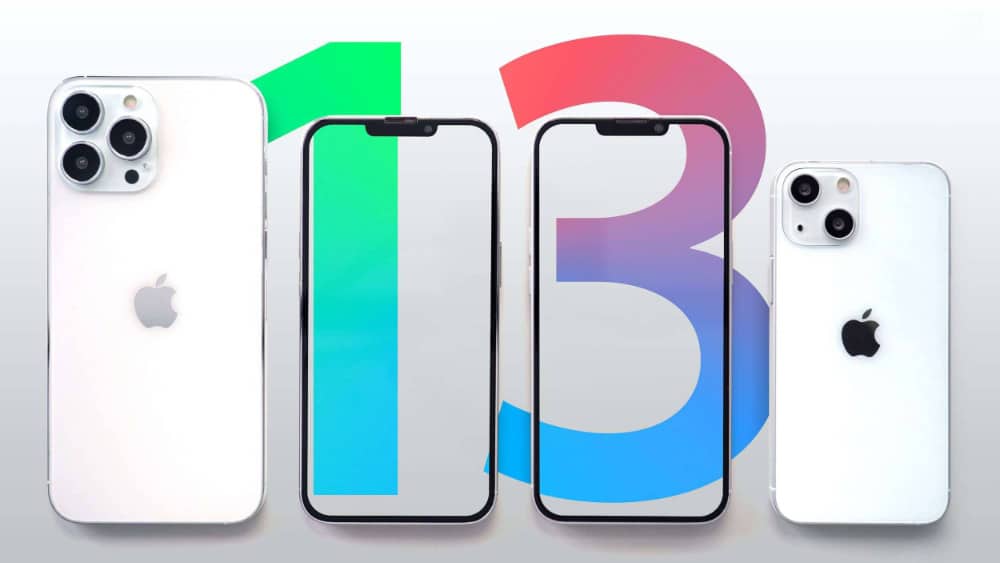Steve Jobs, you all know, went down in history as a visionary who changed the history of industry. He started with computers, then music, then cell phones and finally revolutionized the digital market with the App store. And Tim Cook?
Well, his "heir" at Apple continued on this path, perhaps with more measured steps. He improved smartwatches and then moved on to the payment sector with Apple Pay and the new Apple Card. Now the time seems to have returned to innovate again in the smartphone field: the new iPhone 13 could change connectivity as we know it. It could be the first consumer-level phone with direct satellite connectivity.
iPhone 13, "orbital" connectivity?
The rumors about this innovation all come from an analyst (quite well known in his field) called Ming-Chi Kuo. There are many "whispers" in these cases, some spread by the companies themselves, and denials are the order of the day. The analyzes and leaks spread by Kuo, however, have an extraordinary level of reliability. And on iPhone 13 the "bomb" launched should be taken rather seriously.
Yes, the iPhone 13 according to a note sent by Kuo to his investors will have the ability to make calls and send messages even in the absence of normal cellular coverage. As? Taking advantage of the satellite one, obviously.
All thanks to LEO
iPhone 13 would be able to connect directly with satellites Low Earth Orbit (LEO) thanks to a baseband chip Qualcomm X60 customized. Low Earth Orbit satellites have recently gained popularity, thanks to Elon Musk's efforts with his Starlink project, an initiative to fill the lower atmosphere with satellites that provide internet to all corners of the globe.
By operating much closer to the earth than traditional satellites, LEOs tend to avoid some of the most common pitfalls of satellite Internet, such as high latency and frequent blackouts. Starlink is one of many companies launching these LEO satellites into space, and Kuo suggests that the Qualcomm X60 chip in the iPhone 13 may only support some form of satellite connectivity.
In simple terms? Better 5G coverage in areas that may not have 5G towers or infrastructure. It seems interesting, even if at this point my doubts shift to the economic question. With a similar feature, how much would an iPhone 13 cost?


